Stark State Undergraduate Research
Stark State College science majors can obtain research experience and college credit working in one of the many research labs at NEOMED.
Opportunities exist to become involved in a wide variety of research topics at NEOMED, including:
- Biomechanics
- Bone biology
- Cardiovascular physiology
- Community mental health
- Drug discovery
- Neurobiology
- Quantitative genetics
Please note that this specific program is limited to students enrolled in A.S. biology, A.A.S. biotechnology, or A.S. chemistry at Stark State College.
Deadlines for Obtaining Credit
- Summer Semester Research Experience (May – August)
Apply by March 31 - Fall Semester Research Experience (September –December)
Apply by June 30 - Spring Semester Research Experience (January – May)
Apply by October 31
The research experience will coincide with the academic calendar for start and end dates of each semester. Fall and spring semesters are 16 weeks and summer semester is eight to 10 weeks.
Researchers
 Department of Anatomy and Neurobiology
Department of Anatomy and Neurobiology
Translational Research Center
College of Medicine
Abnormal synaptic changes contribute to the majority of age-related disorders in the nervous system. Focusing on the auditory system, my colleagues and I have been studying whether two ‘opposite disorders’, hearing loss and tinnitus, are both the result of abnormal synaptic changes that occur due to aging or early noise exposure. My group has been working to understand basic cellular and molecular mechanisms underlying these abnormal changes, employing a variety of molecular, behavioral, electrophysiological, and imaging methods. At the same time, we have also explored translational opportunities to treat these disorders with pharmacogenomic approaches and stem cell therapies. We have recently discovered effective means for eliminating or delaying hearing loss with drugs that are already approved by the U.S. Food and Drug Administration (FDA) for other indications. With funding from both the National Institutes of Health (NIH) and other sources, we continue to explore basic mechanisms underlying these age-related disorders and simultaneously develop both drug and stem cell therapies to treat these common diseases.
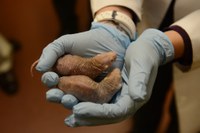 Department of Pharmaceutical Sciences
Department of Pharmaceutical Sciences
College of Pharmacy
Research in the C. Crish Lab centers on neurodegenerative mechanisms of osteoporosis in Alzheimer’s disease (AD). We are focused on identifying how central mechanisms that regulate bone growth may be affected by AD pathology, and how estrogens synthesized in the brain may provide protective effects against both osteoporosis and AD. We are also investigating how an unusual species of rodent—the naked mole-rat—maintains its superb skeletal health for the duration of its long lifespan and in the context of high amounts of AD-like pathology that are naturally found in this unique mammal’s brain. In addition to this research, we are also investigating pathological mechanisms that are common to AD and the vision loss disorder glaucoma.
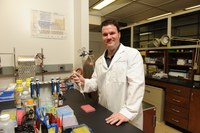 Department of Pharmaceutical Sciences
Department of Pharmaceutical Sciences
College of Pharmacy
Research in the Crish Lab is concerned with pre-apoptotic changes occurring in glaucoma. Recently, as in other age-related neurodegenerative disorders, there have been a number of studies suggesting that functional deficits and compartmentalized degeneration occur well before cell death in glaucoma. It is unclear how much these pathologies produce the clinical symptoms characteristic to this disease or how they relate to eventual cell body loss.
We are most interested in exploring how defects in axonal transport, metabolism, and physiology:
1. drive axonal and somatic degeneration;
2. correlate to loss of function; and
3. represent targets for interventions to improve outcome.
This research will serve to better define glaucoma’s progression and allow the development of more effective treatments.
Based on interest and project availability, the student will learn and perform both classic neurobiological techniques such as immunofluorescence, histology, tract tracing, and image analysis as well as protein quantitation techniques such as ELISA and multiplexing.
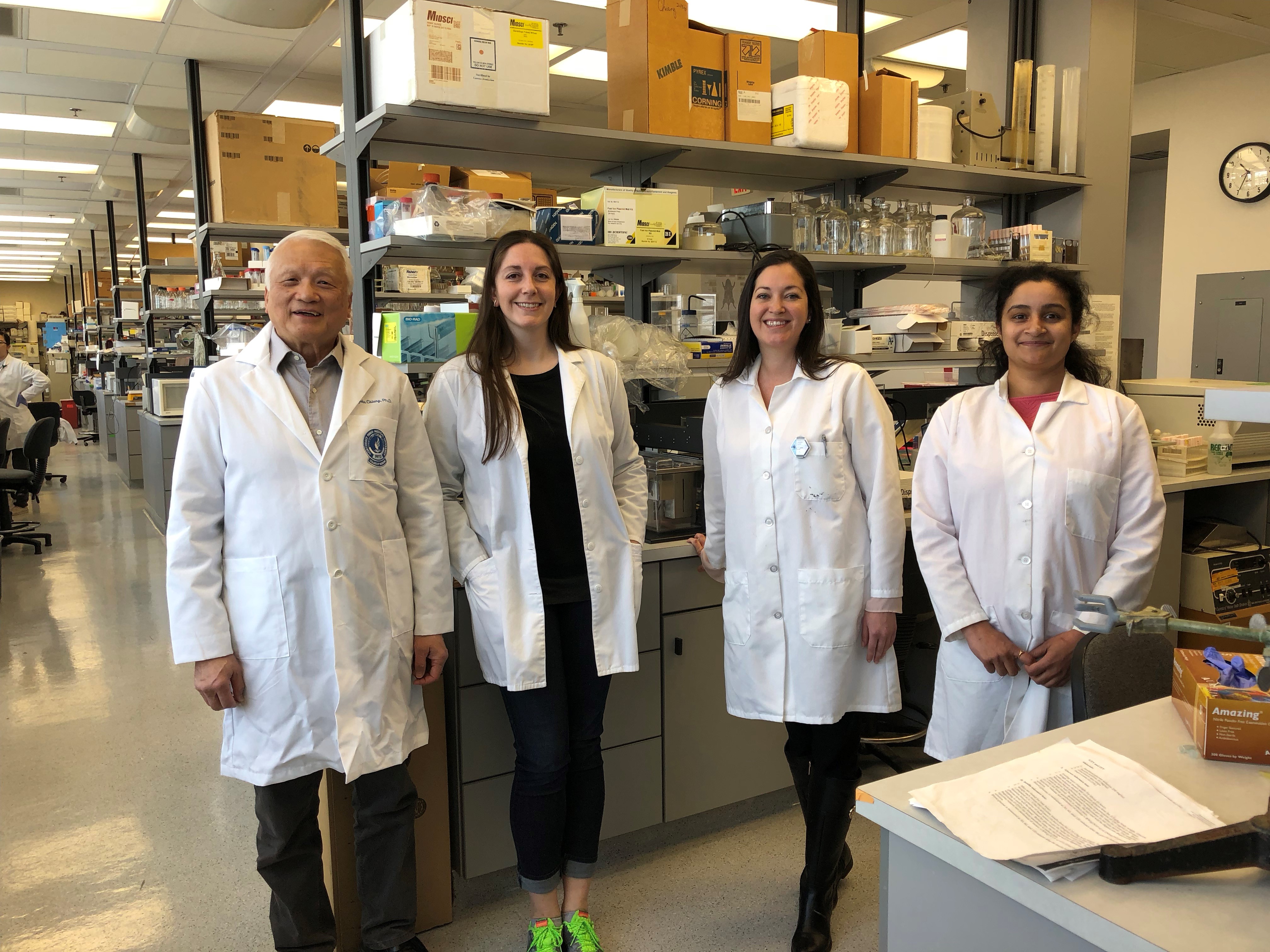 Department of Integrative Medical Sciences
Department of Integrative Medical Sciences
Research Assistant Professor
College of Medicine
The Ferrell lab’s long-term research goals are to 1) examine the regulation of metabolic circadian rhythms in the liver with respect to bile acid homeostasis and 2) study the contribution of rhythm disruption to the development of symptoms of metabolic syndrome, including obesity, diabetes and non-alcoholic fatty liver disease (NAFLD). They use environmental and behavioral manipulation (sleep deprivation and restricted feeding) in mice to introduce disruption to the peripheral circadian system; this disruption is then reflected in the hepatobiliary system in the form of altered bile acid homeostasis, dyslipidemia and metabolic syndrome. Students will gain experience in mouse tissue dissection & collection and performing qPCR, Western blotting, histology, and biochemical assays.
 Department of Anatomy and Neurobiology
Department of Anatomy and Neurobiology
College of Medicine
Work in the German lab focuses on the potential interactions that exist among anatomy, biomechanics, and physiology. In particular, we study the functional and neurophysiologic basis of feeding and how this changes from infancy to adulthood. The NIH-funded research in my lab is team-based as experiments require several pairs of hands. Students will participate in animal surgery, data collection involving electrophysiology and high-speed 3D fluoroscopy (x-ray), and analysis of that data. Coursework in physiology and/or neuroscience at an organismic level is helpful, but not required.
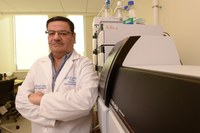 Department of Anatomy and Neurobiology
Department of Anatomy and Neurobiology
College of Medicine
Osteoarthritis (OA) is the most common musculoskeletal disorder in the aging population and is characterized by cartilage degradation and joint inflammation. There are currently no diseases modifying treatments and the available therapies are mostly symptomatic and the only effective treatment is surgical joint replacement. Chondrocyte is the only cell type present in the cartilage and is activated by the inflammatory cytokines interleukin-1β (IL-1b) and tumor necrosis factor-α (TNF-a) to produce matrix degrading molecules such as MMP-13, ADAMTS-5, NO, and PGE2. Studies in my laboratory are focused on understanding the signal transduction mechanisms/pathways that are activated by pro-inflammatory cytokines in human chondrocytes and identifying the natural products and their bioactive constituents that can be used to prevent or treat arthritis. Students will learn and use UHPLC and Mass Spectrometry to characterize the natural products and identify their bioavailable constituents in blood plasma. Identified bioavailable constituents will be analyzed for their efficacy in arthritis models both in vitro and in vivo.
The second area of intense investigation in my lab is the role of microRNAs (miRNAs) in chondrocyte homeostasis. MicoRNAs are non-coding RNAs regulating gene expression by sequence specific inhibition of target mRNA translation. Specific miRNAs has been shown to exhibit altered pattern of expression in OA and in other rheumatic diseases but their exact role in OA pathogenesis is yet to be defined. Besides standard molecular biology and proteomic techniques students will also learn and use Next generation sequencing (NGS), TaqMAn assays, RNAScope, IHC and microarrays to define the role of these fascinating regulators of gene expression in a cell type that is directly affected in arthritis.
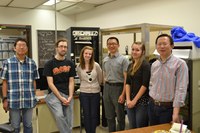 Department of Anatomy and Neurobiology
Department of Anatomy and Neurobiology
College of Medicine
Our current research interests encompass four areas 1) Functions of G-protein-coupled receptors in auditory information processing; 2) Development and activity-dependent regulation of neuronal properties of central auditory neurons; 3) Calcium signaling in central auditory neurons; and 4) Cellular mechanisms underlying sound localization. Electrophysiological (e.g. whole-cell recordings)and cell imaging (e.g. calcium imaging) approaches, combined with pharmacological tools, are employed. Students will learn the experimental procedures including preparation of brain slices, physiological recordings from single cells, histological staining of brain tissues, and data analysis.
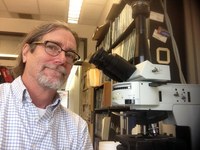 Department of Integrative Medical Sciences
Department of Integrative Medical Sciences
Laboratory of Molecular Virology and Neuroscience
College of Medicine
The major research interest of the Lynch lab involves understanding how retroviruses (RVs) cause paralytic and cognitive neurodegenerative diseases. Retroviruses are mobile genetic elements whose structure includes a lipid bilayer, a protein capsid, and a positive strand RNA genome that encodes the protein machinery needed for infection and replication. Upon viral entry, RV RNA is reverse transcribed into DNA, which becomes integrated into the host cell genome and then expressed. Over the millennia, recurrent RV infection of germ cells has resulted in the accumulation of RV DNA in mammalian genomes. In humans, endogenous RV sequences (ERVs) account for approximately 8% of the total genome (~2% encodes host cellular proteins). While certain ERVs are known to benefit the host, others have been implicated in the development of neurodegenerative diseases such as multiple sclerosis, sporadic amyotrophic lateral sclerosis, and schizophrenia. Similarly, exogenous RVs, like HIV-1 and HTLV-1, can cause progressive dementia and paralysis, NeuroAIDS and tropical spastic paraparesis, respectively. To understand how RVs cause neurodegeneration the Lynch lab studies virus-brain cell interactions in vitro and in vivo. As part of these analyses we genetically engineer neural stem cells, and use them to make mouse brain chimeras that reconstitute specific RV life cycle and host CNS developmental events. These studies have shown how RVs disrupt neuron function and activity by affecting glial development and neuron-glial interactions, and are revealing new therapeutic treatment strategies. Enthusiastic students with interests in biochemistry, neuroscience, molecular/cellular/developmental biology, and/or infectious disease are welcome to join our ongoing research efforts.
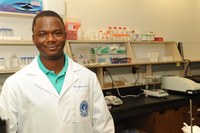 Department of Pharmaceutical Sciences
Department of Pharmaceutical Sciences
College of Pharmacy
The key focus of Oyewumi Lab is pharmaceutical engineering and development of novel delivery systems of therapeutic agents for the purpose of imaging, prevention and treatment of various diseases. Students working in the lab will gain experience on pharmaceutical delivery systems which include but are not limited to nanoparticles, liposomes, microemulsions and implants. The most current research efforts are focused on lung cancer and ocular diseases. Additional efforts are geared toward formulation and analytical development for pharmaceutical industries.
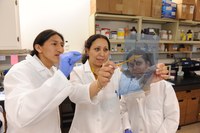 Department of Integrative Medical Sciences
Department of Integrative Medical Sciences
College of Medicine
Overall research focus in the Raman lab is in the area of Atherosclerotic Complications associated with Diabetes and Obesity. We are interested in understanding the cellular and molecular mechanisms underlying pathogenesis of accelerated atherosclerosis associated with hyperglycemia and hyperleptinemia, characteristic of diabetes, obesity and metabolic syndrome. Currently, we have two major ongoing projects in the lab: 1) Role of the extracellular matrix protein, thrombospondin-1 (TSP-1) in leptin-induced vascular complications, 2) Mechanisms linking glucose metabolism to atherosclerosis. Students working in the lab will gain experience in a variety of techniques including biochemical assays, cellular and molecular biology approaches, cell culture studies as well as working with different in vivo mouse models of diabetes, obesity and atherosclerosis. We welcome all enthusiastic students with some basic background in biology and/or chemistry.
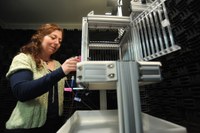 Department of Anatomy and Neurobiology
Department of Anatomy and Neurobiology
College of Medicine
Work in the Rosen Lab focuses on the development of auditory perception and its underlying neural coding. In particular, we study how neural circuits and perceptual abilities are influenced by hearing loss and auditory experience over time. The lab examines neural activity underlying the perception of natural and artificial sounds, as well as vocal communication calls, in the Mongolian gerbil. To do so, we record from implanted arrays of electrodes in animals of different ages while they perform behavioral discrimination tasks. We use intracellular in vivo recordings to identify changes in local circuits that are associated with hearing loss and maturation. Computational analyses of the data assess alterations in neural coding that correlate with perceptual deficits and maturational changes.
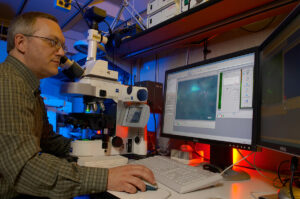 Department of Anatomy and Neurobiology
Department of Anatomy and Neurobiology
Professor of Anatomy and Neurobiology
College of Medicine
The Schofield lab studies brain circuits that modulate how we hear. Such modulation allows us to maximize sensitivity when we need to hear a faint sound (Was that your phone?), filter out noise when we want to hear a friend’s voice in a noisy restaurant, or ignore irrelevant sounds (but not important ones!) when we’re trying to sleep. Acetylcholine and GABA are neurotransmitters that play a role in these and many other aspects of hearing, helping the brain adapt during normal development, during aging and in response to damage of the ear or brain. A goal of our research is to identify specific circuits so we can understand how they contribute to hearing. Our lab uses sophisticated microscopy to study neural circuits in guinea pigs, rats and mice. The results will help provide a basis for developing therapies to improve hearing and ameliorate the effects of aging or damage to the system.
 Department of Anatomy and Neurobiology
Department of Anatomy and Neurobiology
College of Medicine
Morphological characterization and genetic association mapping of skeletal phenotypes in mice from Gough Island.
Gough Island mouse are the largest living mice in the world and one of the few mouse populations that has evolved to eat birds. This undergraduate research opportunity involves describing the phenotypic variation in musculoskeletal traits of these mice. Specifically, we will quantify linear and cross-sectional measures of the skeletons between Gough mice and a comparative sample of continental mice. Musculoskeletal phenotypes are collected from the skeleton using a combination of dissection, video microscopy, microCT imaging and image-analysis software. We are focusing on measurements that relate to biomechanical parameters affecting body size and skeletal performance. Using the results of our skeletal analyses, genetic mapping is being performed offsite. We anticipate being able to identify genomic regions with large effects on these phenotypes. Our results will inform both clinical studies of human pathologies as well as evolutionary studies of mammalian skeletal adaptations. Student responsibilities will include: dissecting mouse cadavers and harvesting specific tissues, assisting with microCT imaging, measurements of skeletal cross-sections, as well as summarizing and reporting results. Preferred to be performed for credit, but volunteers will be considered.
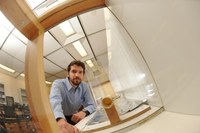 Department of Anatomy and Neurobiology
Department of Anatomy and Neurobiology
College of Medicine
Research in the Young Lab focuses on Comparative Locomotor Biomechanics. Broadly, we are interested in using mechanical principles to understand how animals move (i.e., locomotion) as well as how locomotor movements are adapted to the environments in which animals live. Students working in the lab will gain experience carrying out behavioral research with live animals and learn a variety of multimodal techniques for measuring animal performance and anatomical structure. Previous coursework in organismal biology and/or classical mechanics (i.e., statics and dynamics) is preferred, but not required.
Department of Psychiatry
College of Medicine
The Center for Community Mental Health Research (CCMHR) is an interdisciplinary collaborative effort to better understand the predictors of well-being among people with schizophrenia, bipolar disorders and major depression and the effects of health services and programs on moderating these relationships. Our research team consists of social psychologists, sociologists, psychiatrists, psychologists, social workers and pharmacists. Our areas of focus are comorbid physical health conditions, stress and stigma, and issues involving people with severe mental illness in the criminal justice (crisis intervention teams, mental health courts and outpatient commitment). Student research opportunities include data collection, data analysis and literature reviews.
CCMHR Faculty Research Interests:
- Natalie Bonfine, Ph.D.: Criminal justice
- Christian Ritter, Ph.D.: Stress, stigma and comorbidity


